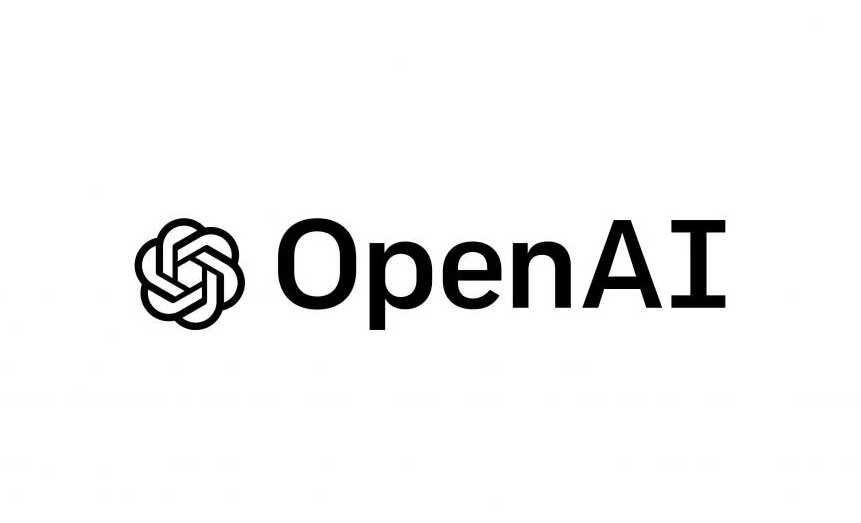In the prelude to ChatGPT Launch launch in November 2022, the strategic core of OpenAI, led by Sam Altman, was embroiled in contemplation over a pivotal inquiry: the prudence of unveiling the tool. Brad Lightcap, OpenAI’s Chief Operations Officer, relayed to CNBC, “Sam’s propensity to briskly navigate topics underscores the gravity of our prolonged discourse on this singular issue.”
At that juncture, Lightcap elucidated, OpenAI was navigating constraints in computational resources and perceived itself primarily as a developer and business-centric tool creator. He reminisced Altman’s inclination towards ‘experimental ventures,’ believing in the profound, personalized nature of textual interactions with their models.
This decision catalyzed unprecedented success. ChatGPT swiftly ascended to the pinnacle of consumer applications, amassing around 100 million active weekly users. Its utilization by over 92% of Fortune 500 companies, alongside Microsoft’s monumental $10 billion investment, signified a colossal leap in AI’s industrial foothold, with OpenAI’s valuation potentially soaring to $86 billion.
However, this trajectory was not without its turbulence. Recent events have seen Altman’s brief displacement from the board, an upheaval marked by employee upheavals and investor disquiet, notably from Microsoft. This was followed by a swift reinstatement and the introduction of a revamped board, including luminaries like Bret Taylor and Larry Summers.
Reflecting on the evolutionary path of ChatGPT and its predecessors like DALL-E, Lightcap shared insights into the team’s initial perception, their underestimation of ChatGPT’s potential, and the unanticipated avenues of utility it opened.
Moreover, Lightcap delved into the integration of AI across various sectors, emphasizing its transformative role as a ‘technical assistant’ and the empowerment it offers professionals across disciplines.
In discussing ChatGPT Enterprise and OpenAI’s revenue strategies, Lightcap highlighted a usage-centric approach over revenue-driven models, emphasizing the significance of utility and user value in their product development.
The conversation also ventured into the realm of multimodal AI, with Lightcap accentuating the imperative of aligning AI capabilities with human sensory modalities to enhance interaction and understanding.
Regarding GPT-4, Lightcap anticipates a surge in the model’s reasoning capabilities and safety measures, aligning AI progression with human cognitive processes.
Recalling the day GPT-4 was unveiled, Lightcap described a blend of excitement, relief, and collective accomplishment within the OpenAI team, a testament to their enduring commitment to advancing AI technology.
Finally, Lightcap provided insights into OpenAI’s structural evolution from a nonprofit to its current form, emphasizing the foundational mission of advancing AI for broad human benefit, and the company’s symbiotic relationship with Microsoft.
In conclusion, the discussion with Lightcap elucidates OpenAI’s dynamic journey, marked by groundbreaking advancements, strategic pivots, and an unwavering commitment to harnessing AI’s potential for human empowerment and progress.





